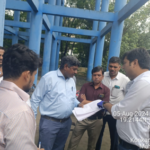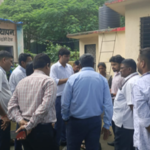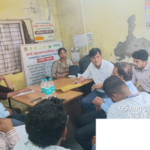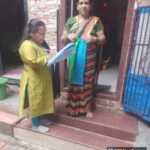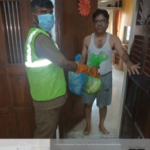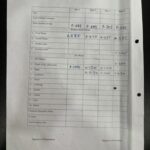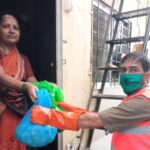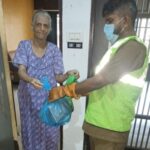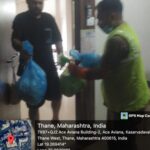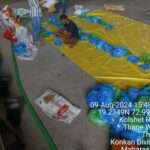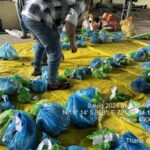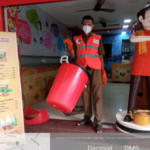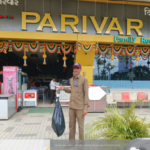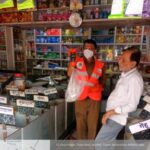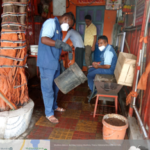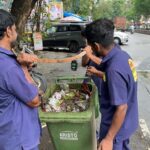Fresh Waste Quantification
FRESH WASTE QUANTIFICATION PROCESS
Step-1: Waste Quantification Pilot
(Household, Commercial & Street Sweeping)
Step-2: Questionnaire Form Filling and Sample Cover Distribution for Collection of Waste for Continuous 4 Days.
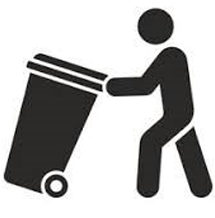
Step-3: Collection of Waste for Continuous 4 Days.
Step-4: Quantification of Waste Sample Collected for 4 Days.
| Sl. No. | Description |
| 1. | Household Survey Waste Quantification |
| 2. | Commercial Survey Waste Quantification |
| 3. | Fresh (Mixed) Waste Characterization and Sample Collection |
| 4. | Wet Waste Characterization and Sample Collection |
| 5. | Dry Waste Characterization and Sample Collection |
Waste Quantification Survey From Commercial Establishments
For collection of Samples from Commercial Establishments, We have proposed to take samples from following categories of establishments. The samples are collected for 4 continuous days.
- Veg Hotels & Non-Veg Hotels (Small & Big)
- Banquet Halls/Marriage Halls (Small & Big)
- Schools/Colleges (Small & Big)
- Temples/Mosque/Church (Small & Big)
- Flower, Fruit and Vegetable Shops (Small & Big)
- General/Departmental Stores (Small & Big)
- Hotels/Lodges (Small & Big)
- Tea Shops (Small & Big)
- Hospital & Nursing Home (Small & Big)
- Markets (Small & Big)
- Regular Pubic Gathering Locations
- Meat Shops (Small & Big)
- Road Side Shops Eateries
Waste Quantification Survey From Street Sweeping Waste
To quantify the waste generated from street sweeping, it is necessary to analyze the quantum of street sweeping waste produced in high-density, medium-density, and low-density areas. This analysis will facilitate the determination of the per-kilometer waste generated by street sweeping in these various density categories. Additionally, it is required to assess the per-kilometer street sweeping waste generated by mechanical sweepers across high-density, medium-density, and low-density areas. The findings will provide an average measure of street sweeping waste generated per kilometer.

